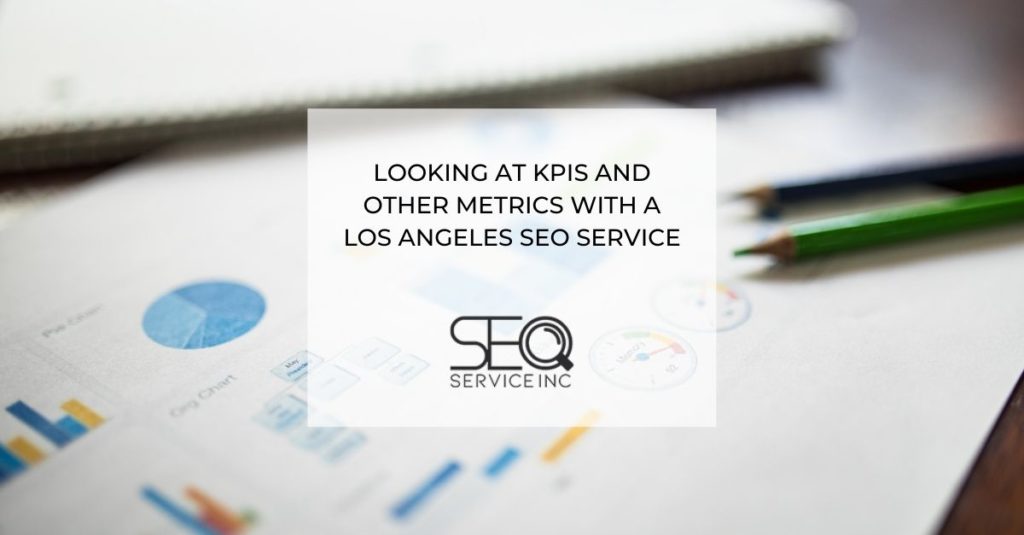
Looking At KPIs and Other Metrics with a Los Angeles SEO Service

Search Engine Optimization (SEO) is a frequently evolving area of digital marketing. Since staying on top of industry trends and best practices requires dedicated attention, working with a Los Angeles SEO service can help you stay ahead of your competition. One area in which an SEO professional can help your business is the utilization of data and metrics.
A sound SEO strategy calls for a data-driven approach. Sometimes, however, making sense of the numbers can pose a challenge to the average business owner. Read on to learn more about what you should be looking at when it comes to SEO metrics in 2022.
What Are KPIs?
Key Performance Indicators often called KPIs for short, are metrics that can be used to measure how your website is performing in organic searches. By digging into KPIs and other data, you can get a sense of where your SEO marketing efforts are succeeding, as well as where there may be opportunities for improvement.
It is generally a prudent maneuver to review your KPIs every month. This can save you time and money by keying in on what’s working and scrapping what is not. There are several different types of KPIs, with each providing its own unique insights. Obtaining a diverse set of KPI data can help you maintain a more dynamic SEO strategy.
Vanity Metrics vs. Actionable Metrics
So, you have acquired KPI data and now you need to make sense of a sea of numbers. Understandably you may feel overwhelmed if you are not well-versed in SEO metrics. One helpful way to understand this data is to separate it into vanity metrics and actionable metrics.
According to Search Engine Journal, vanity metrics tend to be numbers that make your digital marketing campaigns look effective. These can include information such as page views, likes, and impressions. Your bounce rate -the percentage of visitors who only look at one page on your site- is also considered a vanity metric.
An actionable metric, as its name implies, gives you data that you can devise a plan around. These KPIs can identify how your marketing strategy is directly impacting your business. Some examples of actionable metrics include engagement rates, website conversions, and links generated from a newsletter or e-mail marketing campaigns.
Vanity metrics and actionable metrics can work in concert with one another. As a business owner, you may be tempted to lean more into actionable items, as they can provide more material cost-benefit analysis. Still, it’s important to remember that numbers do not lie, and you cannot make conversions if people are not staying on your website, or worse, not even visiting it in the first place.